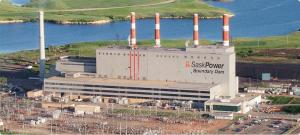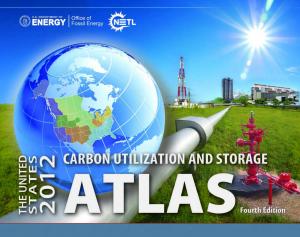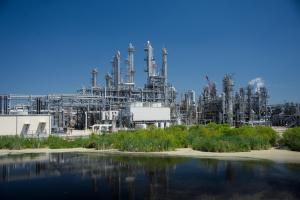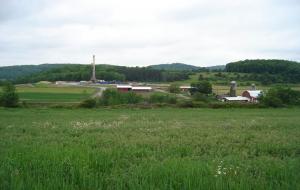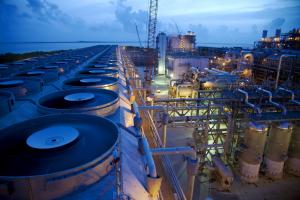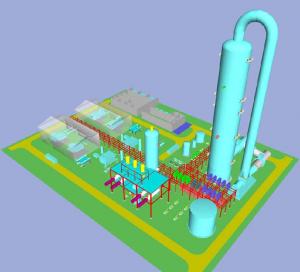April 25th, 2013
Contrary to the troubling situation in Northern Nigeria and parts of the Middle Belt, in the oil-producing Niger Delta insecurity, abductions, and politically-motivated violence seem to be abating. More than 26,300 ex-militants have enlisted in the first and second phases of the Government's Amnesty Program and thousands of weapons have been surrendered.
April 16th, 2013
Automobile manufacturers are moving swiftly to adopt technological and design innovations to increase vehicle efficiency. Improvements in aerodynamics, transmission technologies, tire design etc. are seen as a first step down the path of sustainability. Bill Craven, General Manager of Regulatory Affairs at Daimler, will kick off a series of discussions on the future of automobile transportation and the technological innovations that will transform vehicular mobility.
March 8th, 2013
SaskPower is a diversified operator with coal, natural gas, hydro, and wind generation. SaskPower is currently constructing one of the world’s largest commercial-scale integrated coal fired carbon capture and storage (CCS) projects at the Boundary Dam Power Station in Estevan, Saskatchewan, Canada.
March 5th, 2013
Ray Schmaus of Armstrong Search Associates, a full service abstractor and consulting firm based in Pittsburgh, will provide an overview of the role of leases and titles in the current natural gas boom. The program will relate how lease research conducted in Pennsylvania, Ohio, and West Virginia impacts local communities and ultimately the fortunes of Wall Street. Mr. Schmaus will specifically address the following:
February 21st, 2013
The United States has at least 2,400 billion metric tons of possible carbon dioxide (CO2) storage resource in saline formations, oil and gas reservoirs, and unmineable coal seams, according to a new U.S. Department of Energy (DOE) publication.
February 20th, 2013
The United States is currently in year four or five of a one hundred year energy advantage. Natural gas provides the United States with a competitive advantage that will lead to growth in the economy and a manufacturing renaissance with well-paying jobs.
February 25th, 2013
On February 25, 2013, delegates from the Southern African Power Pool (SAPP) member utilities will present an overview of the energy sectors in their respective countries, with a focus on the development of regional energy markets. The delegation includes senior SAPP staff and senior managers from the electric utilities of the following countries:
January 22nd, 2013
Exporting the American Renaissance: Global Impacts of LNG Exports from the United States describes an objective, economic-based analysis of the potential impact of LNG exports from the United States on domestic and global markets. While much attention has focused on the impact of U.S. LNG exports on the U.S.
January 29th, 2013
Dr. Krish R. Krishnamurthy, Head of Clean Energy Technology- North America & CCS and Chris Geraghty, Director, Business Development- Clean Energy North America will present an overview of Linde's activities in carbon capture, utilization and storage on January 29, 2013 at the U.S. Energy Association. The presentation will focus on Linde's CCUS technology, PCC technology & DOE demonstration project, as well as the commercial challenges with CCUS projects & Linde focus areas.
Pages


